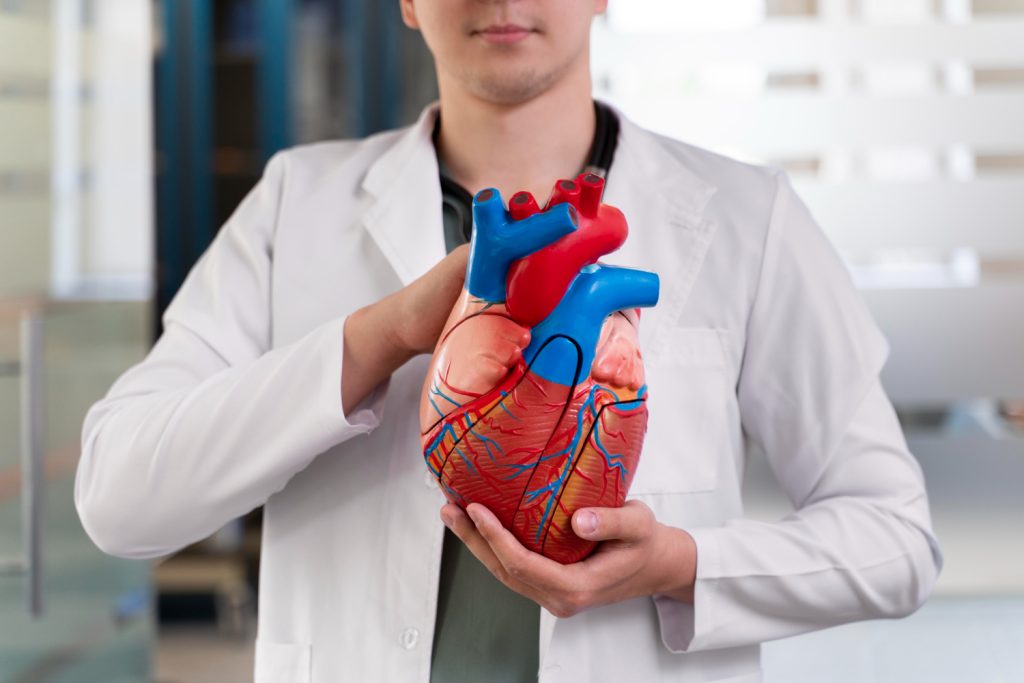Approximately 1% of all children are born with a congenital heart defect, according to Stanford Medicine Children’s Health. That risk increases significantly when a parent or sibling is affected. Some heart conditions, such as mitral valve abnormalities, follow an autosomal dominant inheritance pattern, meaning a 50% chance of transmission in each pregnancy, affecting both sexes equally.
Among these conditions, mitral valve insufficiency, or mitral regurgitation, remains one of the most common but underdiagnosed. Over the past two decades, however, interest in the condition has grown, driven by advances in cardiac imaging and the development of less invasive treatments.
According to a Nature Reviews Cardiology article, recent research has focused on the detailed anatomy and pathophysiology of the mitral valve. High-resolution multimodality imaging now allows clinicians to visualize the valve complex with great precision. This has improved both diagnosis and the timing of interventions.
Surgical mitral valve repair remains the gold-standard treatment in cases of severe primary regurgitation, particularly when the cause is degenerative. The results are excellent in terms of durability and restored life expectancy. In secondary regurgitation, new techniques and careful patient selection have made treatment more targeted and effective, especially when managed by specialized heart teams.
Minimally invasive, transcatheter procedures have also emerged, expanding treatment options for patients who were previously considered too high-risk for surgery. These innovations, alongside the rise of dedicated heart centres, have significantly improved patient outcomes.
Mitral valve disease remains complex, but with continued research and technology development, diagnosis and treatment are becoming more precise, tailored, and effective. For those of us who live with a congenital heart condition, or know someone who does, the numbers and science are never abstract. They are reminders that behind every statistic is a story, and behind every heartbeat, a chance to do better, to listen sooner, diagnose earlier, and treat more precisely.
Assistant Lecturer at the University of the Basque Country


